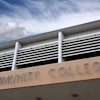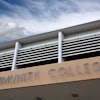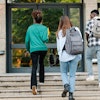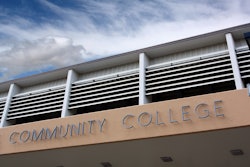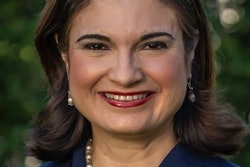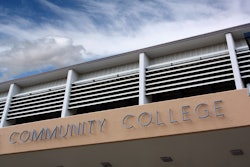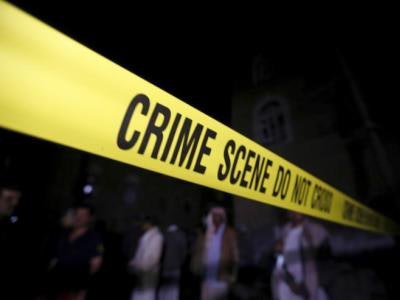
The decision comes on the heels of a number of mass shootings across the country, the most recent being the death of 14 people in San Bernardino, Calif., on Wednesday. In early October, nine people died in a school shooting at Umpqua Community College in Oregon, before the gunman killed himself.
Michael Kozlowski, Connecticut Board of Regents director of public affairs, said that the board had been working toward a decision on arming security personnel at community colleges since 2012. “This resolution wasn’t precipitated by any of the things that we have been seeing recently, like the [tragedy] in San Bernardino,” he said, later adding, “[But that] certainly makes the issue have greater currency.”
Some of the more horrific instances of gun violence that the nation has borne witness to recently have been carried out at K-12, community college, and university campuses. Dr. J. Reid Meloy, clinical professor of psychiatry at the University of California San Diego and author of the International Handbook of Threat Assessment, said that school campuses represent a “soft target” to perpetrators. “They’re easily accessed and there’s typically very little security,” he said.
According to a Department of Justice report, three-quarters of four-year universities have armed security forces. K-12 schools and community colleges, on the other hand, tend to have lighter security. The expectation is that local police departments will be on call to act.
Statistically speaking, mass shootings like the ones at Umpqua and San Bernardino are very infrequent. However, there has been an increase in such episodes since 2007, Meloy said. “If you compare 2000-2006, and then compare 2007-2014, between those two periods of time there has been a 150 percent increase of active shootings incidents in the U.S.,” he said, citing an FBI study.
With even a sliver of a chance of being the scene of a future tragedy, schools across the country have taken measures to prevent or at least mitigate potential mass shootings. Victor Herbert, professor at the John Jay College of Criminal Justice and director of the academy of the critical incidents analysis, noted that the way security forces respond to mass shootings has changed dramatically since the tragedy at Columbine High School in 1999.
